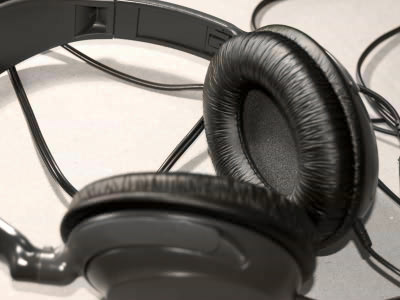What selling strategy is 'decoy effect' that induces consumer's product selection?

One of the seller's sales strategies that offer products and services to customers, " Bait effects ", sometimes leads wisely to the consumers' thoughts that are troubled by the choice of products, so care must be taken, Queensland Institute of Technology University Gary Mortimer, Associate Professor of have to commentary.
The decoy effect: how you are influenced to choose without really knowing it
https://theconversation.com/the-decoy-effect-how-you-are-influenced-to-choose-without-really-knowing-it-111259
The "decoy effect" is a sales strategy that induces to a product or service that you would like to purchase by presenting the "third option" as a bait to consumers who are lost with two options based on price and performance etc. is. About this "decoy effect", Mortimer explains as follows.

by Limestone Vet Hospital
Suppose there is a person who is suffering from two items whose price and performance are different among the products of the same maker trying to purchase a mixer. There is a price difference of more than 1.5 times as cheap for $ 89 (about 9800 yen) and expensive as 149 dollars (about 16,500 yen), while the cheaper one is 900 W while the expensive one is 1200 W with a large output In addition, seven accessories such as cutters follow more. In other words, "I do not want to cheap with the minimum functions, or I'm wondering whether I should buy a nice guy because it's so hard".

Higher ones have higher performance and many accessories, but it is not easily understood from the point of view of consumers whether "it is worth the difference of $ 60 (6600 yen)". As a result, in normal cases, when choosing which way to choose is different depending on the economic power and preference tendency of the person at that timing, the seller often uses "decoy effect" to select that choice You may be guided.
In the following image, in addition to the above options, a product of $ 125 (about 13,800 yen) has been added as the "third option". Instead of 36 dollars higher than the cheapest one, accessories are 4 more at intermediate output of 1000 W.

As a result of the appearance of this "third option", consumers can calculate the value of performance / accessories in a pseudo manner. In short, when you buy one that is one step higher than the cheapest one, you get "100 dollars and 4 accessories increased by 36 dollars" and further "just add 24 dollars from it and get 200 W power and 3 accessories "And it will be felt that" the most expensive thing is quite profitable ".
An example of another interesting experiment is a test on behavior subscriber Dan Arielly's " The Economist " subscription. In this experiment, it was $ 59 (approximately 6500 yen) for "subscription to Web version only" of the economic magazine "The Economist" in the UK, 125 dollars (approx. 10 thousand) of "Web version and paper booklet simultaneous subscription" 3800 yen), 68% of students chose a cheaper Web only option. As a third alternative to this, simultaneous purchase of Web and paper was added at the same price as "subscription of paper booklet", 32% of choosers for "simultaneous subscription" increased to 84% is.

by Ben Terrett
The "decoy effect" thus caused is also called "gravity effect" or "asymmetric dominance effect" and is defined as a phenomenon that consumers change preferences when the third choice is presented. The third "bait" presented here is not intended to be sold, it is prepared only to turn the attention to options you want to guide from competitive choices.
As to why it is guided by such 'decoy', Mortimer tells us the psychology of consumers who want to narrow down the choices. According to the "Paradox of Selection" that American psychologist Barry Schwartz advocated "The more options there are, the more people feel happiness is the mistake" According to the "Paradox of Selections", if choices increase and the complexity of selection increases It is proved that you feel uneasy and hinder decision-making. Mortimer says that consumers tend to simplify the selection process by considering only two criteria such as price and quality in order to alleviate such anxiety.

By simplifying the selection criteria, consumers are reducing the stress of purchasing goods and services, but by manipulating the simplified selection attributes, the "decoy" moves in a specific direction It induces consumers and consumers are given a sense that they are feeling that they are making a reasonable and informed choice.
Because it is "bait strategy" that it is easier for people who strive to make better choices by emphasizing things like smart people and "cost performance" that can be calculated instantaneously by comparing prices and performances, it is a "decoy strategy" When choosing "Is it really necessary?" "It is appropriate to purchase this at this price" It seems there is a necessity to have a firm grasp of that.
Related Posts:
in Note, Posted by log1e_dh







